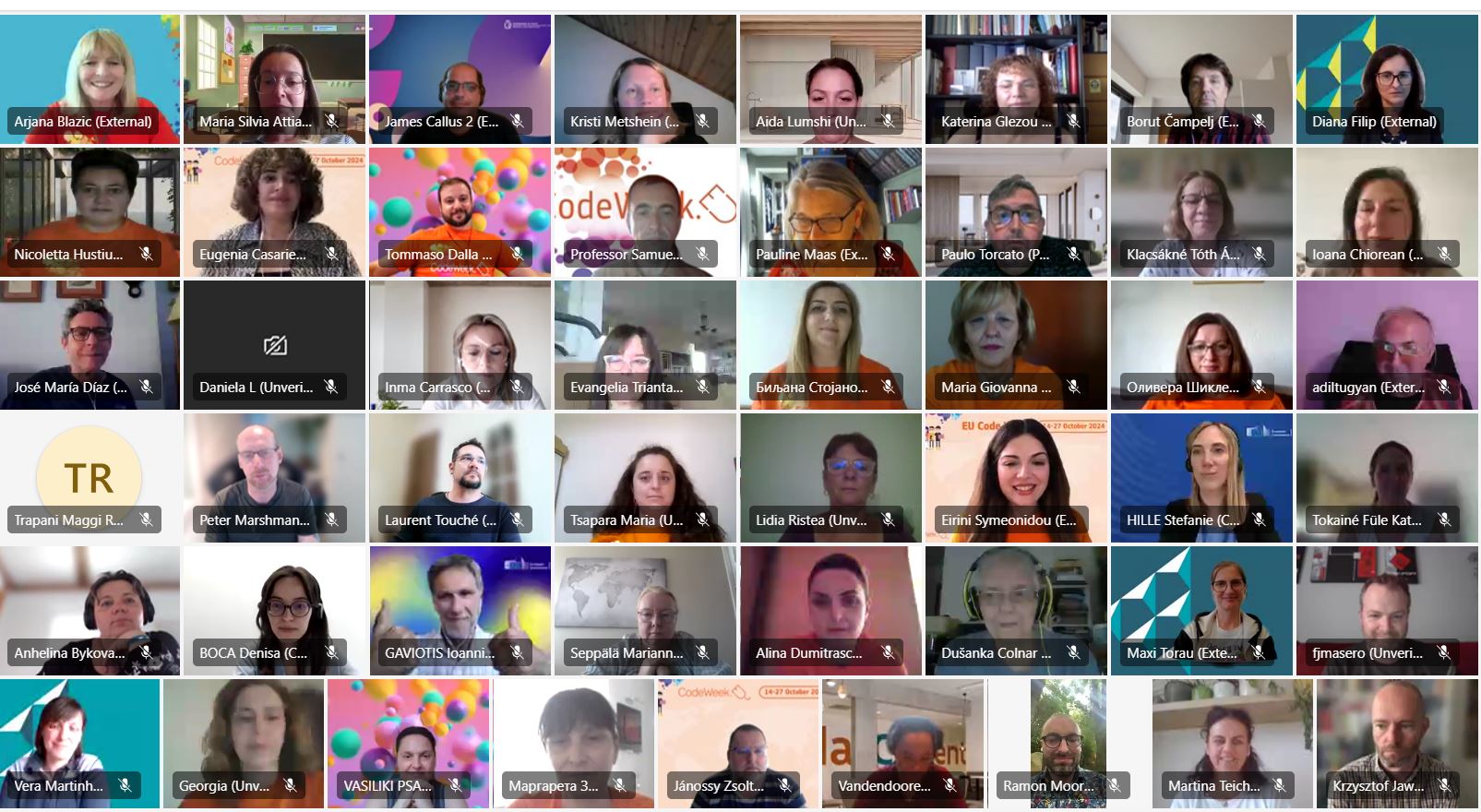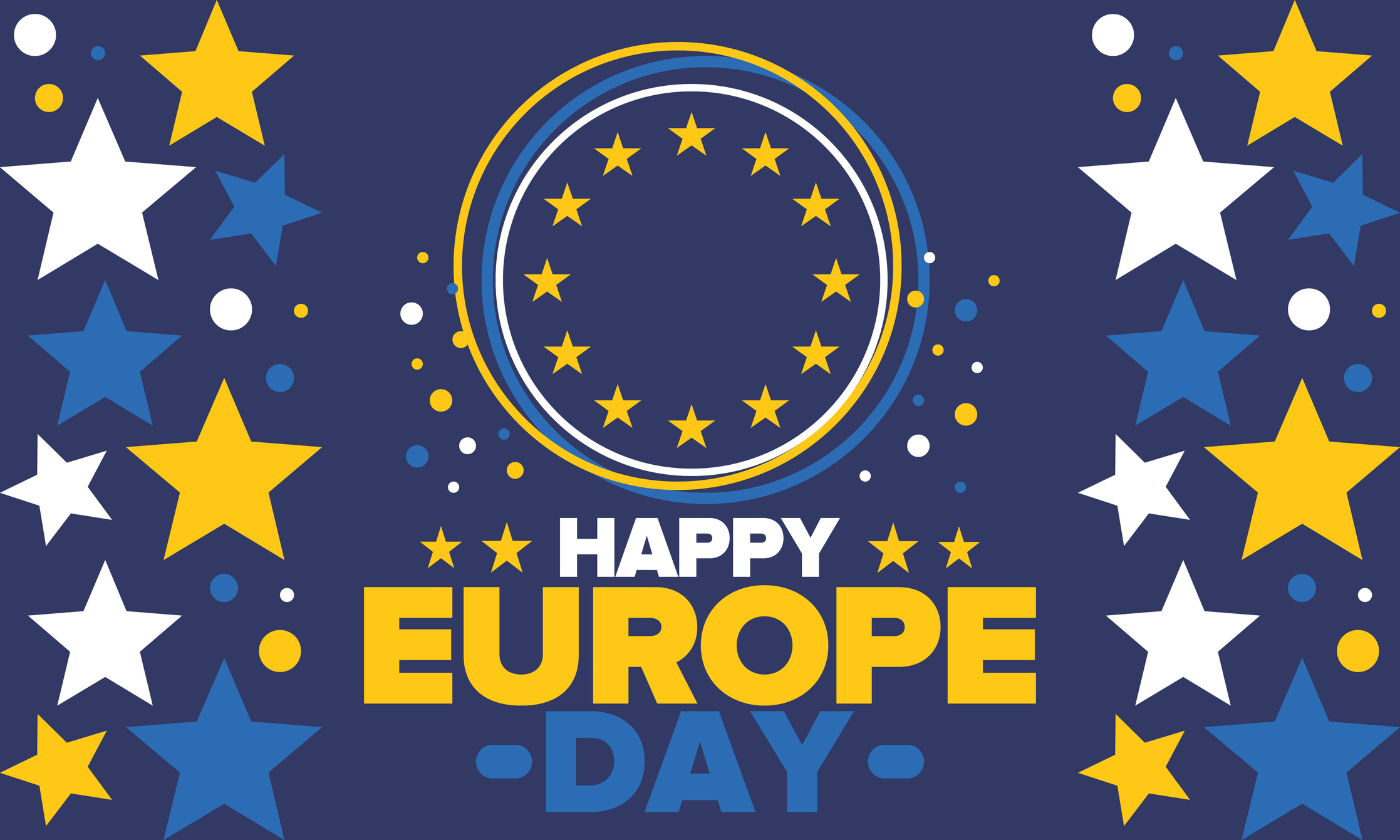Golden Age Project: An Example of Technology Integration to Learn History
Publication date: June 26, 2020
by Francisco Masero Suárez, Code Week Leading Teacher from Spain
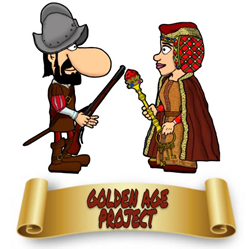
The Golden Age project is a kit of activities to learn about this important period in the history of Spain. In its developing, we can understand how the available technological resources can be integrated into educational projects. These resources were also developed to show the usefulness of the different spaces of the Future Classroom Lab built in the city of Zafra. In addition, we will focus on the development of Key Competencies, especially in relation to digital competence (manipulation of technological resources), learning to learn (developing new ways of working and carrying out tasks) and social competence (involving new ways of relating to our colleagues and of working as a team).
The selection of the Golden Age as the central theme on which we base the different activities presented, is justified for several reasons. In the first place, for being one
of the most important times in the history of Spain. Secondly, due to Zafra being the city where the first Future Classroom Lab of Extremadura is located. Finally, because it allows us to use materials, resources and technological applications existing on the internet and related to this period and the Middle Ages like augmented reality, educational video games, virtual reality and 3D figures.
Activities
It is essential that from the very first moment, students are immersed in the project. To achieve this effect, the best resource is to make the presentation with an introductory video that allows us to visually show the most representative images of the Golden Age.
A total of seven activities have been designed that show the variety of tasks that can be carried out: from recording a video with the use of chroma, using block programming to operate a robot or using a video game for educational purposes, to designing a stop motion, using virtual reality or making a mural with the writing style of the time.
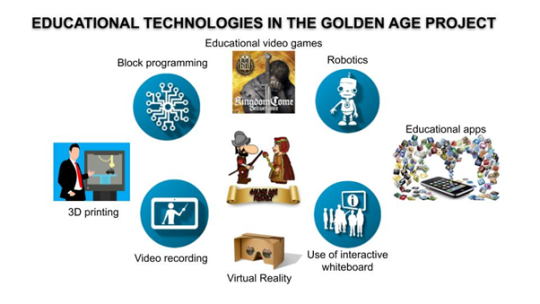
- Use the video game to investigate the Golden Age: with Kingdom Come: Deliverance students will be able to carry out tasks as if they were in this era: buying from a market, forging a sword or practising combat to become a knight.
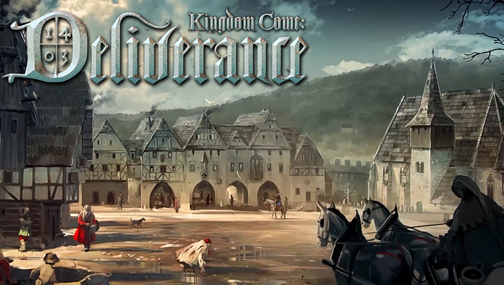
- Show the name of your figure with the Microbit card: an activity that allows students to enter the world of programming and exchange information with their peers through the use of Microbit cards. They receive an object, that can be a 3D figure, a drawing or an image from the Spanish Golden Age period and they should investigate its name. Once they have discovered it, they are going to use the micro:bit card to show it to their classmates.

- Develop a Stop Motion set in the Golden Age: with the use of figures, a smartphone and a lot of imagination, students can make a movie where they tell a story set in this era. They have different Playmobil toys (a castle, knights, horses) and they have to create a movie with this technique. For this purpose they can use apps to record video like Life Lapse, it is totally free and simple to use.
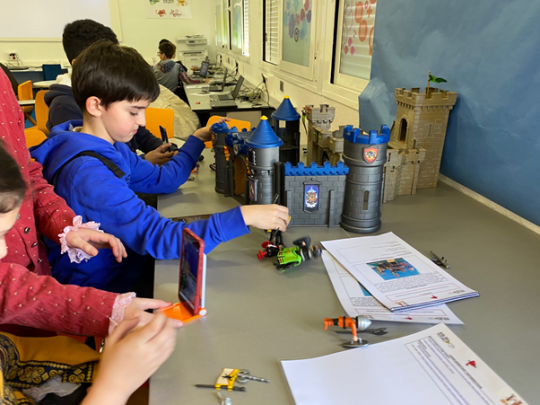
- Find the Duke’s castle with your robot: the objective is to use a robot to reach the castle where the Duke is located. To do this, students have to use their smartphones and send instructions to the robot that allow it to reach its destination. Using Mio Robot and its associated app, they can move the robots by sending a series of orders that indicate the movements to do. For this activity, students are split into two teams and they can take two similar paths to collaborate and try to finish before the opposing team.
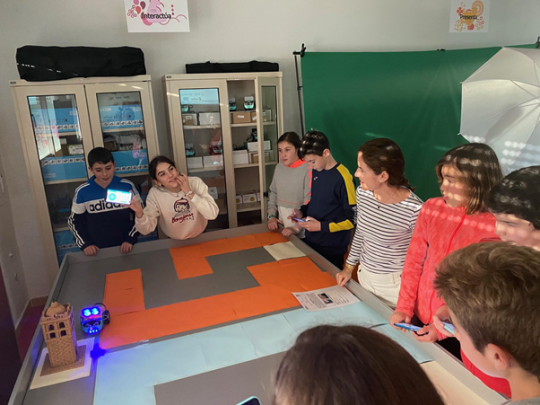
- Visit the Golden Age and the Middle Ages with virtual reality: with a smartphone and a pair of virtual reality glasses students can visit some of the monuments of these periods, enjoying an immersive experience. The students can see virtually places of the time: castles, abbeys, churches, etc. They used applications such as VirTImePlace or Google Expeditions, using Google Cardboards.
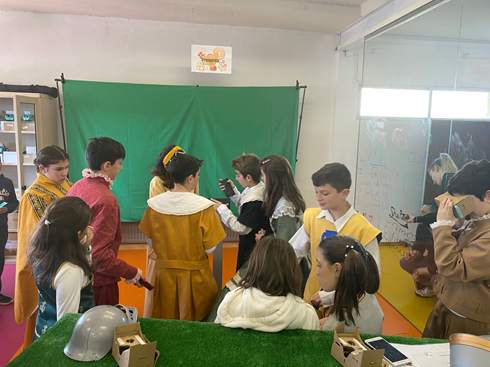
- Create a presentation with chroma: with a green cloth, a tablet and a script students can record a video as if they were in a palace or castle of the time. This activity is very interesting if students can dress up in costumes from that period. They used a chroma to record a video with a tablet as if they were characters of the
time: a king, a woman of the nobility or a knight.

- Draw your name with writing from the Golden Age: use this system to write your name on a mural, as if you were an ancient scribe of that time. In this interesting activity, all the students can write their names in a collaborative way, using a template to identify the letters in the writing of the age.

Organisation and resources
The Golden Age Project can be carried out in many different ways, depending on the time available (in a single session or over three months), the number of students (with many students (28), organized groups of 4 or with fewer students (12) – divided into pairs), or the variety of activities (doing all the activities or only part of them). Depending on the objectives that the teachers set, they will adapt the project to the needs of the students and the learning situation that they pursue.
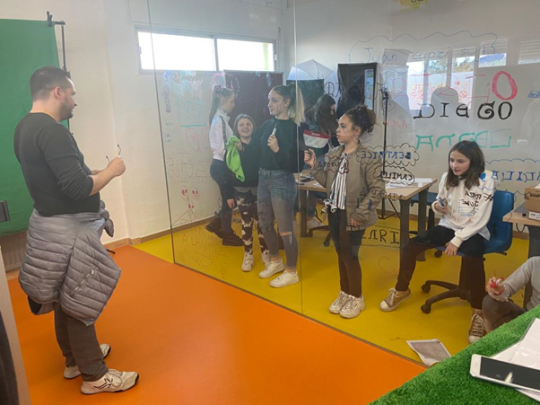
In the shortest approach, a two-hour session, the activities will be carried out in the form of a station, rotating the groups of students every 15 minutes. In a medium format
of a couple of two-hour sessions, the activities can be addressed in greater depth, dedicating 30 minutes to each station. In a longer format, four two-hour sessions would be held, with one hour for each activity.
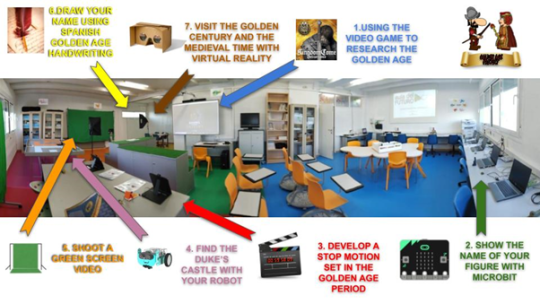
If you are interested in this project, you can access the resources created in the following links:
● eScholarium.
● Source file (to be used with eXelearning program).
The Golden Age project as part of EU Code Week
This project could be a good example of how technology can be integrated in educational projects. Through programming, coding or tinkering, students can study history and develop their skills in handling robots, programming with code or using applications on their smartphones to use virtual reality. Technology can be a transversal area that allows the development of key competences in the rest of the subjects and thus allows improving the computational thinking of our students.

Teachers and students from CEIP Pedro de Valencia (Spain) and from IC San Pellegrino Terme (Italy) who were participating in the Erasmus+ Project “Patrimoines et
cultures européennes: partage de nos écoles”, took part in the development of the activities in the Future Classroom Lab of CPR Zafra. Our thanks for their collaboration.

This project has been carried out by the components of CREA Project El Aula del Futuro: Francisco Javier Masero (coordinator), Joaquín Pagador, Almudena Jiménez and Ani Toro.
